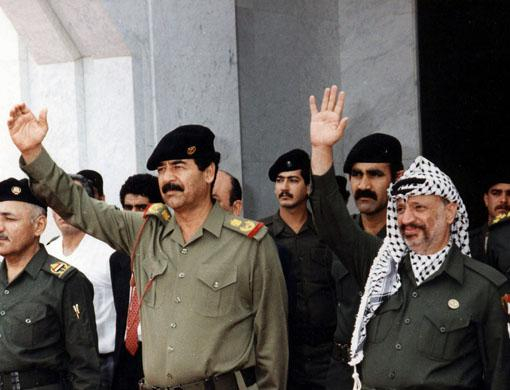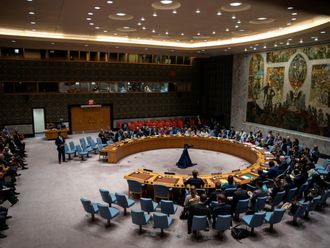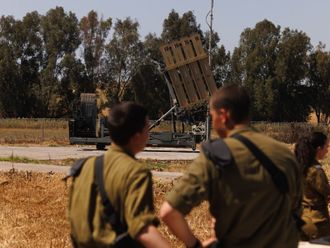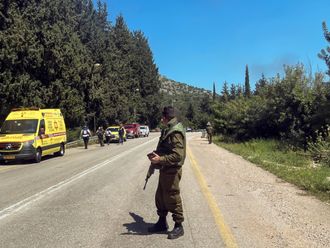
Dubai: The disastrous American invasion of Iraq was orchestrated by a small group of dedicated foreign policy professionals within the administration of George W. Bush, who were convinced that American needed a more aggressive foreign policy. Many of these neo-conservatives had close links to large American companies, and were ready to link American political interests to building good business opportunities.
George W. Bush knew very little about foreign policy when he came to power but he had scooped up some professionals from his father’s administration, who had worked with then vice-president Dick Cheney. This included people like Richard Armitage who was appointed Deputy Secretary of State, Condoleezza Rice who became National Security Advisor and Paul Wolfowitz who was appointed US Deputy Secretary of Defence under Donald Rumsfeld (another old hand from Bush Senior’s administration).
They used the terrorist attack of 9/11 to reduce American foreign policy into a disastrous single focus on fighting terror, and they were all well aware that invading Afghanistan was not going to do much for American interests, whereas Iraq with its massive oil reserves was a much richer target. They were also fuelled by a bitter sense of having unfinished business with Iraq like many other fellow neo-conservatives who felt betrayed by George Bush’s refusal to invade Iraq after the liberation of Kuwait.
The irony was that Saddam had been a close American ally ever since Ayatollah Khomeini’s Islamic Revolution in Iran removed the Shah in 1979 and all through during the 1980s. Iraq was seen as an essential bulwark against the new Islamic Republic of Iran. The Americans had poured money and aid into Iraq to help it fight the Iranians during the eight years of the Iran-Iraq War from 1980 to 1988.
But all this was held for nothing when Iraq invaded Kuwait in 1990, and Bush Senior led the charge to liberate Kuwait in 1991. Subsequently the isolated regime of Saddam re-invented itself and started hinting at new military capabilities, including weapons of mass destruction. It refused to cooperate with the International Atomic Energy Agency (IAEA), and Saddam welcomed the sense of regional power that he felt from his new notoriety.
All through the 1990s, the US under presidents George Bush senior and Clinton continued an increasingly tough regime of sanctions that were supposed to stop the manufacture or holding of any weapons of mass destruction, but the sanctions also had the underlying intention of seeking regime change in Iraq.
Washington clubbed its desire to see change in Iraq with a similar desire in Iran, as it faced the Islamic government with hits virulently anti-American stance. This led to the policy of dual containment under which America and its allies ran sanctions on both regimes at the same time. In this, Washington found common cause with Israel which had demonised both the Iraqis and Iranians.
But by the late 1990s, the neo-conservatives in Washington were arguing that dual containment was not working and that more had to be done. An atmosphere was building up in Washington that regime change in Iraq was essential, and the neo-conservatives argued a wider vision that by toppling Saddam and turning Iraq into a democracy, the US could start a domino effect of democratic change across the Middle East.
They seized their moment when they found jobs in George W Bush’s administration. They rushed to manipulate the wave of sympathy for the United States in the aftermath of the horrifying 9/11 attack on the World Trade Center and Pentagon, to encourage an attack on Iraq, which had nothing to do with the attack, nor did it support Al Qaida in anyway. But it had oil, and Saddam’s dictatorial government infuriated the neo-conservatives because it had survived its eviction from Kuwait, and it delighted in challenging the US at all points.











